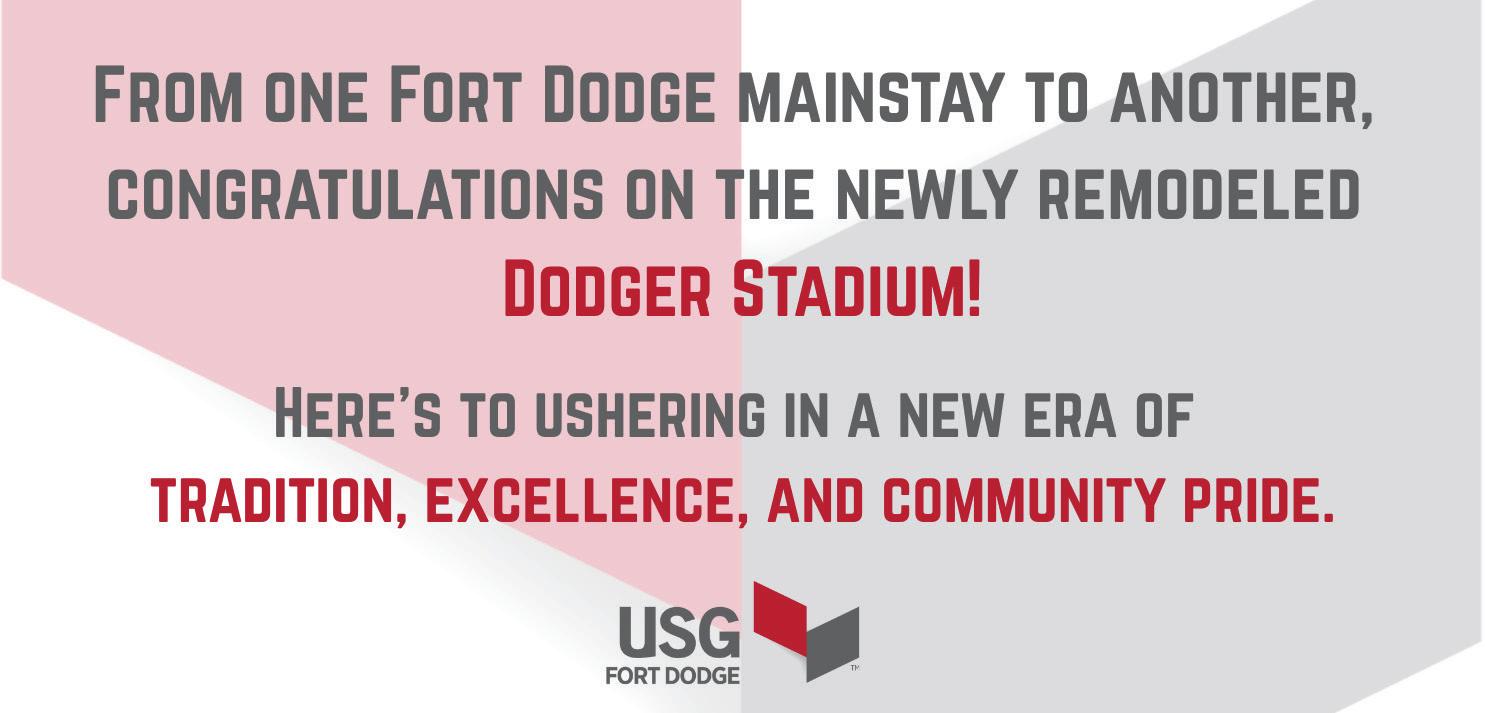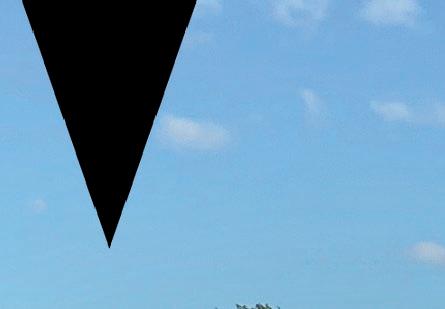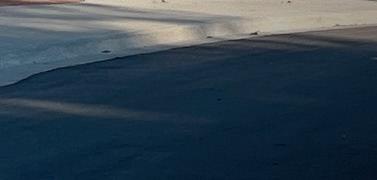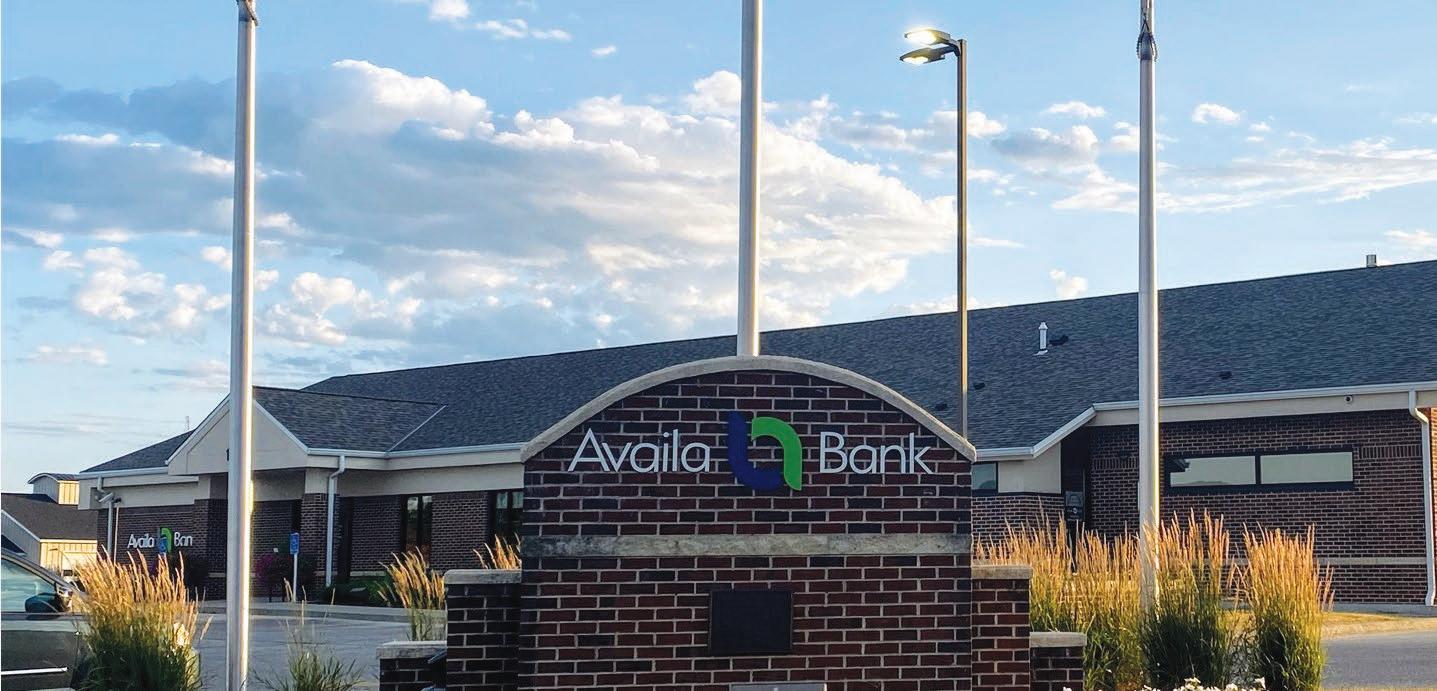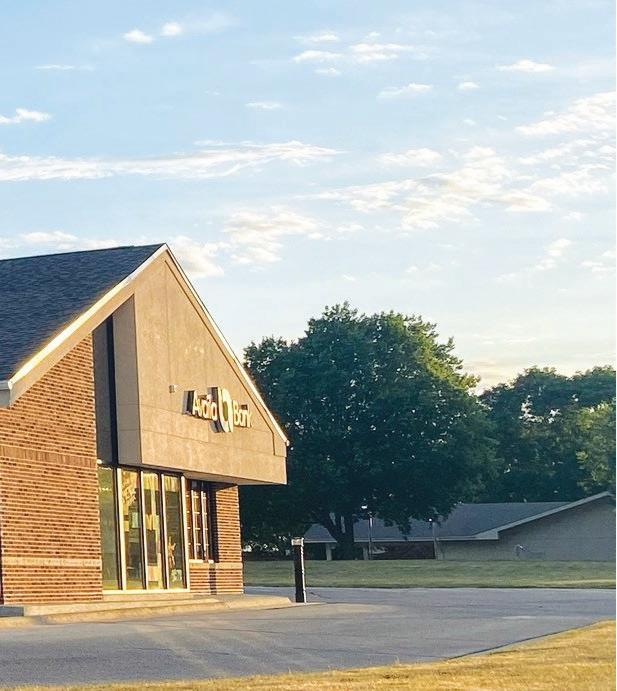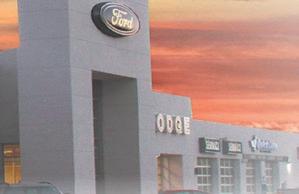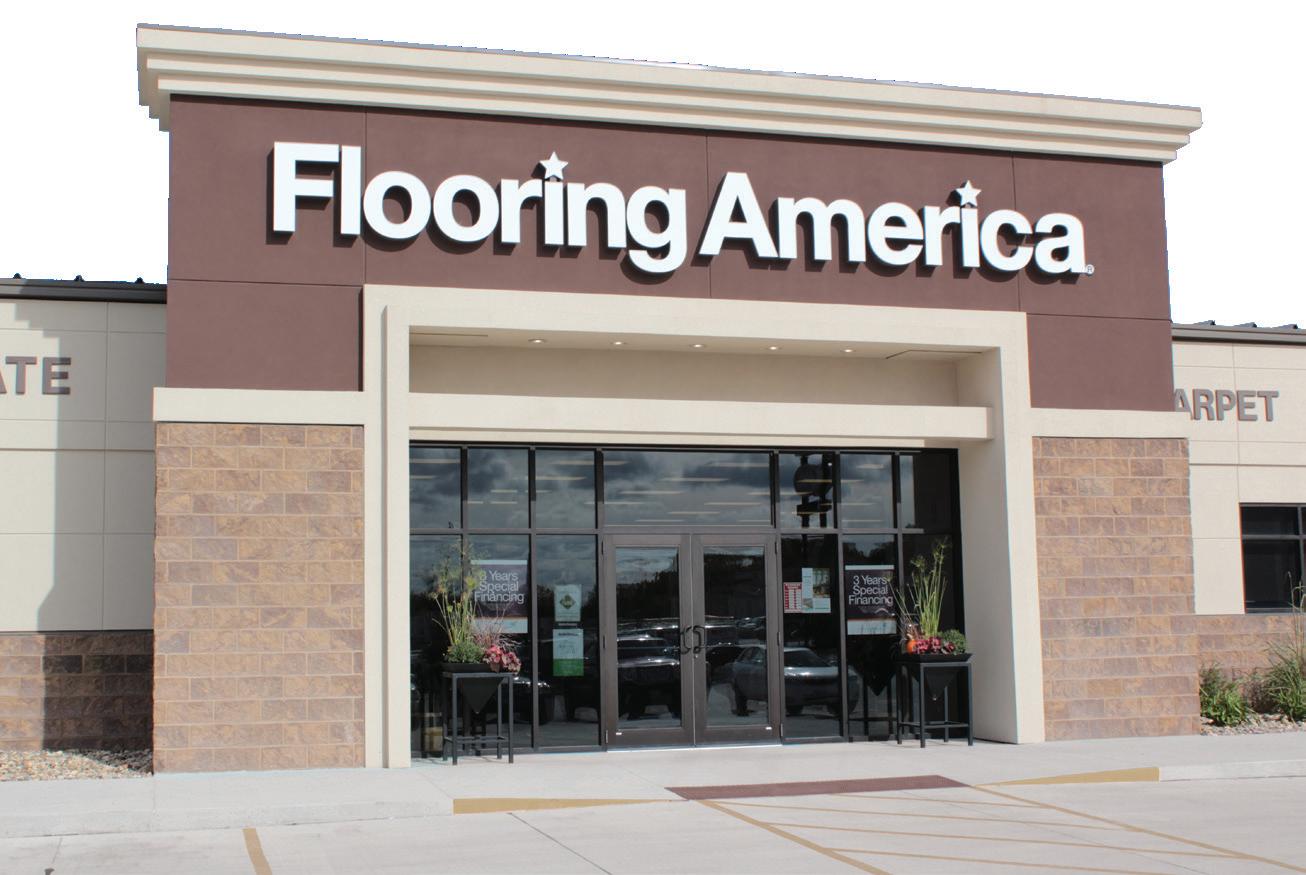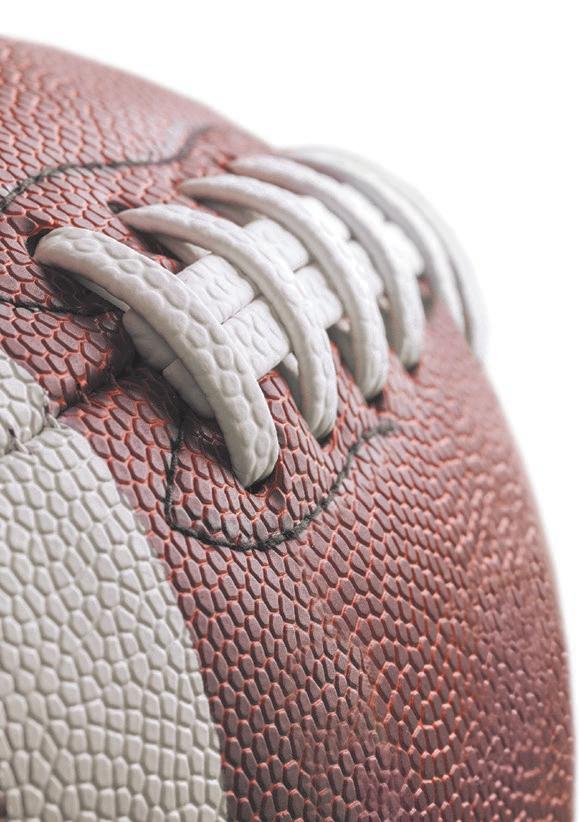
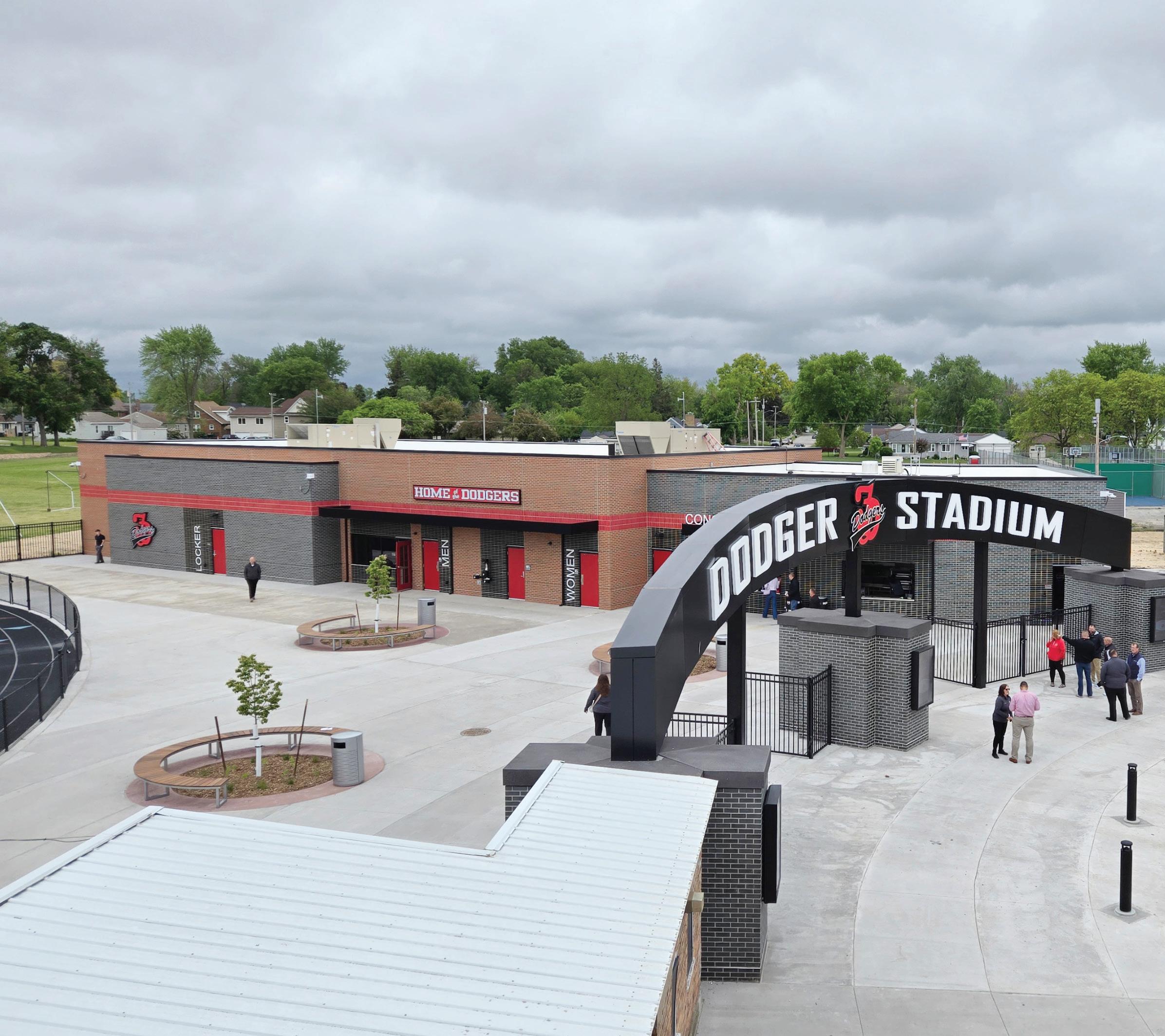

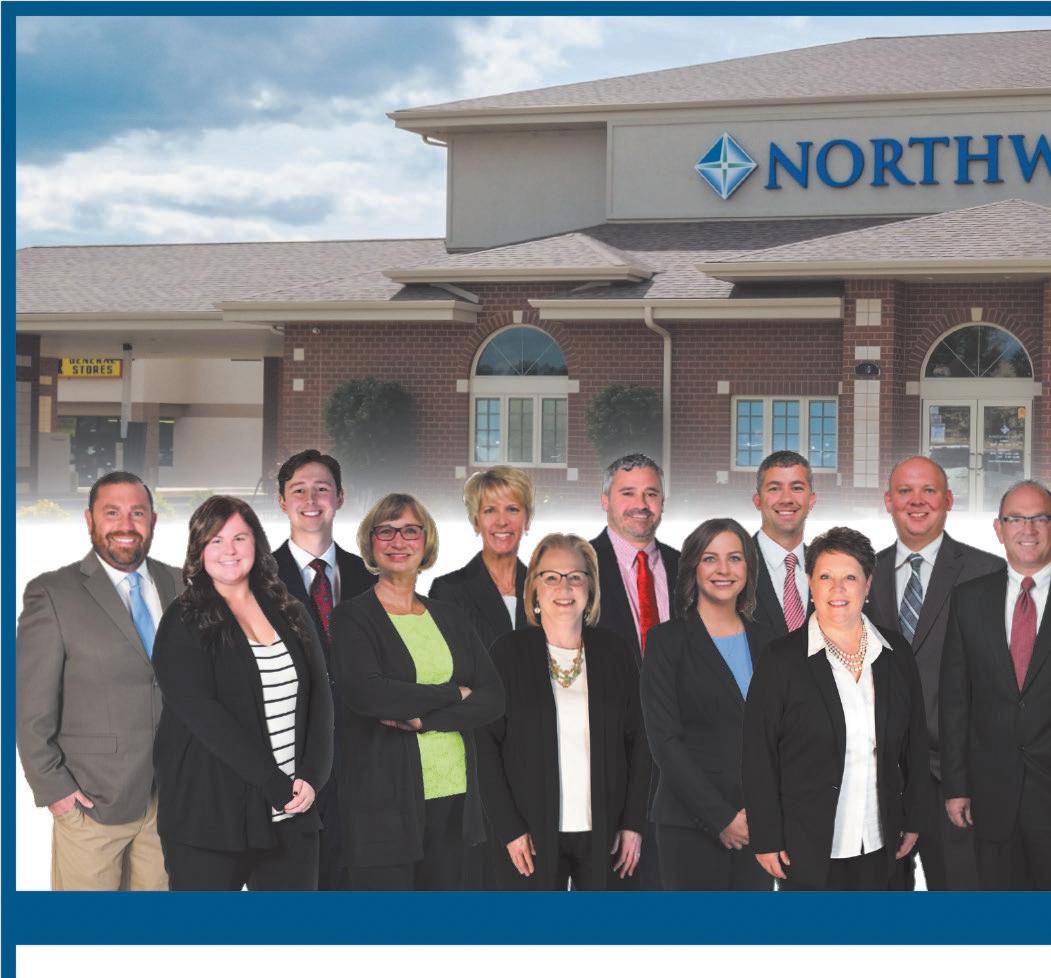

























By ERIC PRATT _ sports@messengernews.net

The first major renovation project in the facility’s 86-year history was complete, and the public spent all day touring the new concessions area, locker rooms, restrooms and training facilities.
A formal ribbon-cutting ceremony brought the Greater Fort Dodge Growth Alliance together with Fort Dodge Community School District administrators and board members just before noon, bookended by an early-morning Dodger football program tour and afternoon filled with multiple open houses.
“It just gives you a big-time feel,” FDCSD Superintendent Josh Porter said. “I saw a lot of smiles and heard so many positive conversations. We’ve emphasized from day one that this is a true community project. We invited teachers and staff from St. Edmond and Iowa Central over to join.
“This is about Fort Dodge. Dodger Stadium is a cornerstone of this town, and something so many of us take a great deal of pride in caring about. It was nice to be able to show it off with the new features that really addressed both the wants and needs of so many.”
extensive camera coverage and an enhanced security system were included as well.
All together, the project covers 8,676 feet of new or renovated space.
In addition, the scoreboard was expanded on the north side of the football field, as nine new panels were added to increase the size.
“When you think about it, no one builds or buys a house and doesn’t make any changes for 70, 80, 90 years,” Porter said.
“We were all kind of thinking the same thing when it comes to addressing some of these issues. It was time.
“It’s safer and upgraded in areas where it should be. As a superintendent, you think about that a lot: we have a responsibility to provide a positive environment and experience not just for the student-athletes, but the fans, band members, workers, volunteers and everyone involved in making any activity at Dodger Stadium a successful one. We’re trying our best to do things right for everyone across the board.”
Kolacia Construction of Fort Dodge served as the project manager. Local businesses Baker Electric, Flooring America, Fort Dodge Asphalt, Hawkeye Masonry, Midstate Plumbing and Heating, Midwest Fence and Gate, Rasch Construction, Stone Creek Landscaping, Cemstone Concrete, Custom Builders Cabinet Shop and Central States Roofing were all a part of the 16-month process, along with Denison Drywall.
The architect was ISG, Inc. out of Mankato, Minn.
“I honestly think this may be the most well-organized and well-coordinated job I’ve ever been a part of,” said Project Superintendent Craig Kolacia, himself a longtime Fort Dodge resident. “There are a lot of very good people on site who have put their heart and soul into making sure this is done right, and because of that, we’re very lucky. Every single contractor has done what they’re supposed to do. I think it’s a testament to our businesses here … you aren’t going to just go ‘all local’ for the sake of doing it. When you know the job is going to get done and you can trust the work they do, it’s the best of both worlds.”
The Fort Dodge Community School District used funds from the physical plant and equipment levy (PPEL), as well as revenue accrued from the state sales tax, to complete the project.

Dodger Stadium was built as part of President Franklin D. Roosevelt’s Works Progress Administration plan. The venue officially opened for competition on Oct. 4, 1940. Total project cost at the time was $150,000.
“I honestly think this may be the most well-organized and well-coordinated job I’ve ever been a part of.”
Project Superintendent Craig Kolacia
Workers took 385,000 bricks from the old Fort Dodge junior high building on the corner of First Avenue North and 10th Street for the outside-wall structure. Although 60,000 bricks were added to complete the structure, most of the original pieces — now more than 120 years old — are still a part of today’s framework.
O.C. Pfaff, then-president of the Fort Dodge Board of Education, was the point person for the project. Pfaff kept a low profile and shied away from taking credit.
Fort Dodge had previously played its home football contests at Duncombe Field, next to Duncombe Elementary School.
The baseball field at Dodger Stadium — designed by former Major League hitting coach Lew Fonseca — opened for play in 1942. It was named Ed McNeil Field in 1992.
The bleachers on the football and track and field side combine to hold approximately 5,000 people. J.H. Nitzke track was rededicated to honor the legendary Fort Dodge coach in 1994.


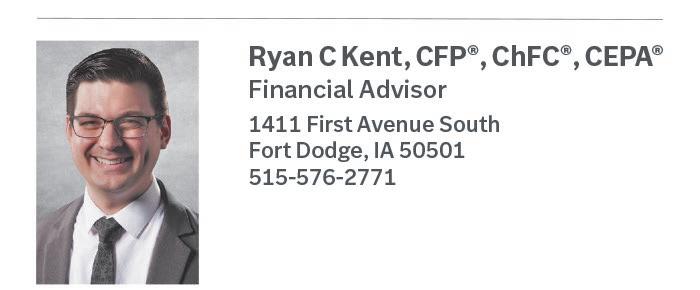

























The national media will tell you that the 2021 “Field of Dreams” contest between the Chicago White Sox and New York Yankees was the first of its kind in the state of Iowa.
Technically, that’s true. A regular-season Major League Baseball game has never been played in our state.
But some old-school Fort Dodgers pridefully remind anyone willing to listen that big-league ballclubs have, in fact, squared off here before. On April 9, 1942 — exactly one week before Opening Day that season — Windy City rivals christened the new baseball diamond at Dodger Stadium, as the Chicago Cubs and Chicago White Sox entertained thousands of fans at the community’s freshly-minted athletic complex.
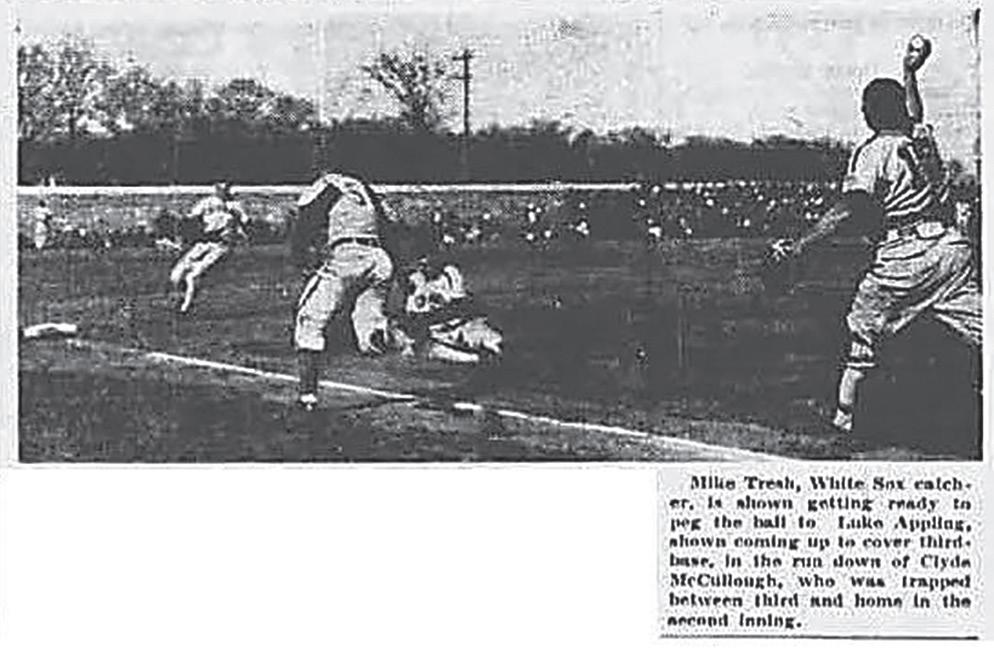

Dodger Stadium’s first official football game was in the fall of 1940, but plans were already in place to add a baseball venue directly to the north. With ivy-clad walls cloaking the brick around the outfield, the complex was to resemble Wrigley Field. City officials and school administrators, led by Fort Dodge Board of Education president and Stadium project pioneer O.C. Pfaff, pushed to have the MLB franchises — owned at the time by Grace Comiskey, daughter-in-law of Charles Comiskey, and Philip K. Wrigley, the son of William Wrigley Jr. — stop in Fort Dodge on the way back to Chicago from their respective Arizona spring-training facilities and dedicate the field. An agreement was reached.
In his book “Echoes From Middle Iowa’s Historic Past,” legendary Messenger Sports Editor Bob Brown reported that
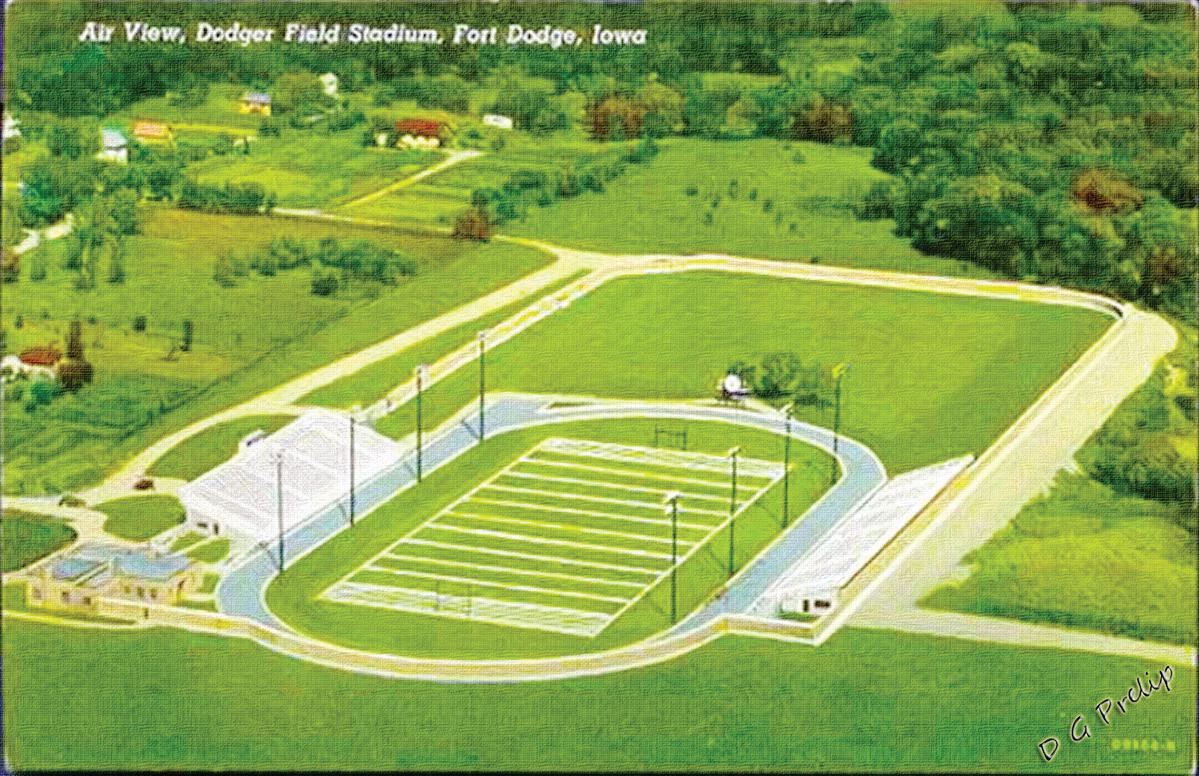
most Fort Dodge businesses closed the afternoon of the big game. Fans from across Iowa — and even the midwest — flocked to see the main attraction, with a line forming during the morning hours for the scheduled 3 p.m. affair.
Gates opened at 1:30. The train carrying the ballclubs from a previous exhibition stop in Tulsa, Okla. didn’t arrive in Fort Dodge until 3, and after a brief warm-up with Karl King’s Fort Dodge Municipal Band offering patriotic numbers as the backdrop, the teams — which would later spend the night at the Wahkonsa Hotel — finally took the field at approximately 4 p.m. Then-Fort Dodge Mayor W.E. Caldwell threw out the ceremonial first pitch.
Our Chamber of Commerce reported 8,500 ticket stubs had been sold, which — to this day — is still a local record for a single athletic event. There were no dugouts at the time, and fans lined foul territory in droves, adding to the intimacy of the festivities. Brown reported in his book that even premium tickets were an affordable $1.68 each — $28 in today’s world. Bleacher seats ranged from 75 cents to $1.12. There were originally 6,500 seats to be either sold or given to men in uniform, which Pfaff announced would be admitted free of charge as a nod to both their service and the general atmosphere surrounding World War II at the time. Another 2,000 tickets were added to help accommodate the high demand.
The Cubs earned a walk-off win in a slugfest, 16-14. Given the dimensions of what is now McNeil Field — 285 feet down both lines is a generous measurement — it was expected to be a hitter’s delight, and the Major Leaguers delivered. Future Hall of Famers Luke Appling (White Sox shortstop), Bill Dickey (White Sox catcher), Ted Lyons (White Sox pitcher) and Ki Ki Cuyler (Cubs first-base coach) were among the big names in attendance. All total, batters
slugged five home runs and 38 hits.
Brown recalled in his book that the next day, Fort Dodge faced Humboldt in the first high-school contest at the Dodgers’ new home. Fort Dodge prevailed, 11-4, with city legend Floyd Magnusson pitching and earning the win.
Seventy-three years later, Fort Dodge and Humboldt would again meet for Dodger Stadium’s first-ever night game under newly-installed lights. The famed Fort Dodge exhibition of nearly 80 years ago probably won’t get a mention during Thursday’s broadcast. This is a huge coup for the “Field of Dreams” property — one of my favorite places on Earth — and our state in general. The extraordinary nature of the event and the beautiful new complex — which complements the rural field where the iconic 1989 movie was filmed — will receive most of the attention, as it should.
Dodger Stadium isn’t just a footnote in Major League Baseball’s relationship with Iowa, though. This experience is rare for our state — not unprecedented. Use this piece of Fort Dodge history to stump your friends with a trivia question about our community.
Eric Pratt is Sports Editor at The Messenger. Reach him via email at sports@messengernews.net, or on Twitter @ByEricPratt

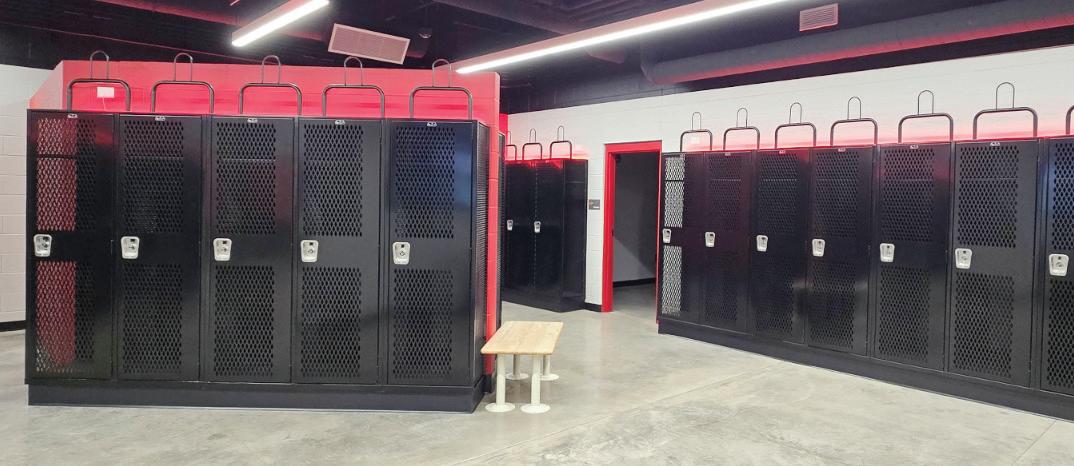



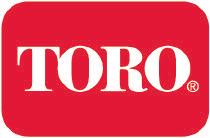








Denison, IA
2307 Hwy 30 E (PO Box 453)
Denison, IA 51442
Tel: (712) 263-3981
Fax: (712) 263-6367
denison@denisondrywall.com
Spencer, IA
2040 US Hwy 18
Spencer, IA 51301
Tel: (712) 262-3925
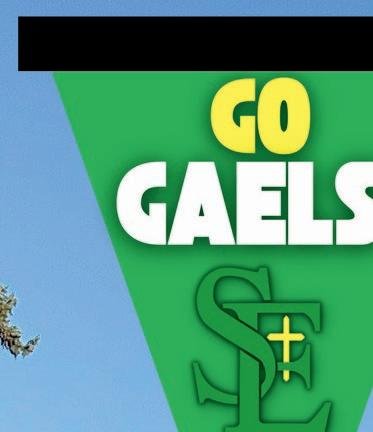














Fax: (712) 262-5128
spencer@denisondrywall.com


